Pepper light and its cultivation
Pepper Ogonyok belongs to perennial plants that can be grown on your windowsill without any problems. The main thing is to provide him with the necessary conditions, and then soon you will see the first ovaries and inflorescences.
Content:
It is also useful to know that benefits of pepper is large enough for our body, because eating it contributes to the production of the hormone of happiness - endorphin. In addition, Spark pepper stimulates the metabolic process, lowers the level of "bad" cholesterol and blood sugar.
Growing pepper at home
It is quite possible to grow Spark pepper at home. Although this plant is a little whimsical, nevertheless, learning about some of its features, you can achieve excellent results. For example, with proper care, you can get ovaries of a large number of fruits (even up to 100 pieces).
The most important points to consider:
- The location of the pot.
When growing pepper in a pot, it should be placed in a cool and bright place. The pot itself should have a volume of 3-5 liters, preferably made of ceramic. The drain hole is required.
- Lighting.
If necessary, you can additionally artificially illuminate the plant. It is optimal for the pepper to receive lighting for at least 12 hours a day. Bulbs with blue-violet lighting are best.
- Optimal temperature conditions.
It is no more than +15 degrees. Otherwise, the leaves will turn yellow and the flower petals will fall off. When growing pepper on a windowsill, it is best to place it in the southeast or southwest.
- Humidity.
If your apartment is hot enough, then try increasing the humidity so that your Spark pepper, which cannot be called easy to care for, feels comfortable.
- Watering.
Since the plant needs regular watering, you need to know some of the nuances. So, the soil should not be excessively wet so that the roots do not rot.
- Composition of the earth.
The best option is a mixture of garden soil, sand and humus (ratio 2: 1: 1). In addition, it is necessary that drainage from rubble and broken brick be laid out at the bottom of the pot. In the spring, be sure to change the land.
- Fertilizer.
This is an important part of plant care. It is best to buy a ready-made complex fertilizer. Apply every 2 weeks.
Transplant and reproduction
Pepper care is inextricably linked to its transplanting into a larger pot. This should be done depending on the size of the plant, approximately once every 2-3 years.
The most effective breeding method is seeds... It must be carried out in early spring. Seeds are planted in moist soil to a depth of 0.5-1 cm. The air temperature should be about +24 degrees. Shoots should appear in 10 days.
After the seedlings are placed in a well-lit place (the temperature can be about +20 degrees), and when the leaves appear, they are already transplanted into the pot. After another 2 months, the plant can be transplanted into a larger pot (if you want to grow at home) or into open ground.
Disease and pest control
Like any other plant, Ogonyok pepper may well collide with different diseases... For example, pests such as aphids and spider mites may try to harm the plant. Especially such unwanted "guests" can appear if the pepper was grown for some time in the garden, and then was transferred to the house.When such problems appear, you do not need to worry too much, because pepper is not a plant that will so easily give itself into offense. Pepper contains a special component - capsaicin, which is just the same used in the fight against various pests.
So, if you notice the appearance of aphids or mites, then take a few peppercorns and pass them through a meat grinder. Pour the resulting pulp with water (ratio 1 to 10). Let it brew for 24 hours. Then strain and add grated soap (1 tsp for 1 liter of water). Spray the diseased plant with the resulting solution several times. Repeat the procedure every 5 days.
Another possible problem is that the long-awaited flowering never comes. Think about potential problems. Most likely, the reason lies in the use of fertilizers with a large amount of nitrogen.
If the color of the leaves begins to change, and they turn pale, then most likely the problem is insufficient lighting. Also, for the same reason, such a phenomenon can be observed when suddenly the plant begins to lose all of its leaves. It is possible that the plant has entered a state of sleep. But with an increase in daylight hours, new leaves will begin to appear again. In this case, artificial lighting can also be used.
As you can see, the Spark pepper, the cultivation of which may cause minor difficulties at first, is actually not such a whimsical plant. Observing all the conditions, you can even harvest your own crop.



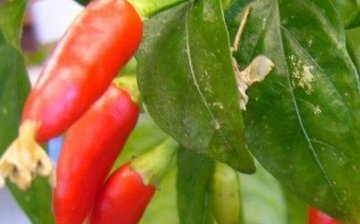
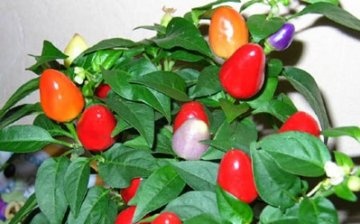
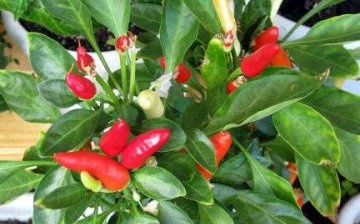
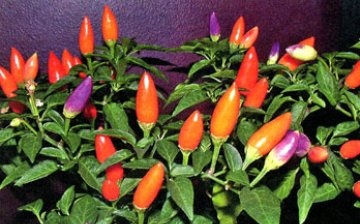




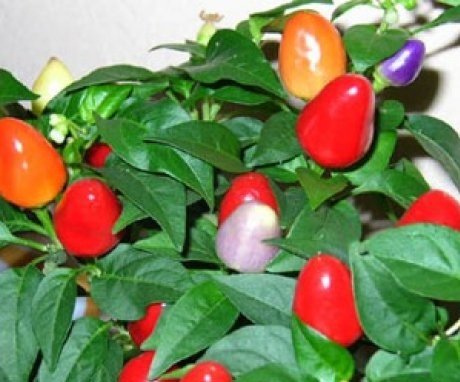
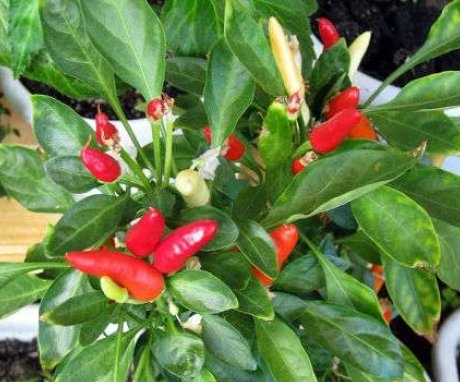
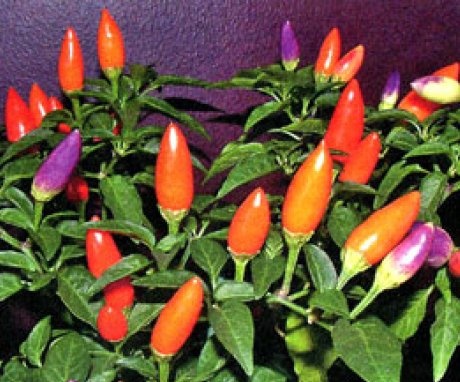
I grew a light in the apartment, the pot was in the kitchen (just the window to the southeast). The bush grew over the entire opening. Now I live in a house, south side, but I don't want to grow, even in summer. What to do?
Our pepper Spark grew in a flower pot, which stood on the windowsill of a window facing north-west. We did not light it additionally with a lamp, watered it and sometimes fed it. A lot of small, red peppercorns grew on the bush.